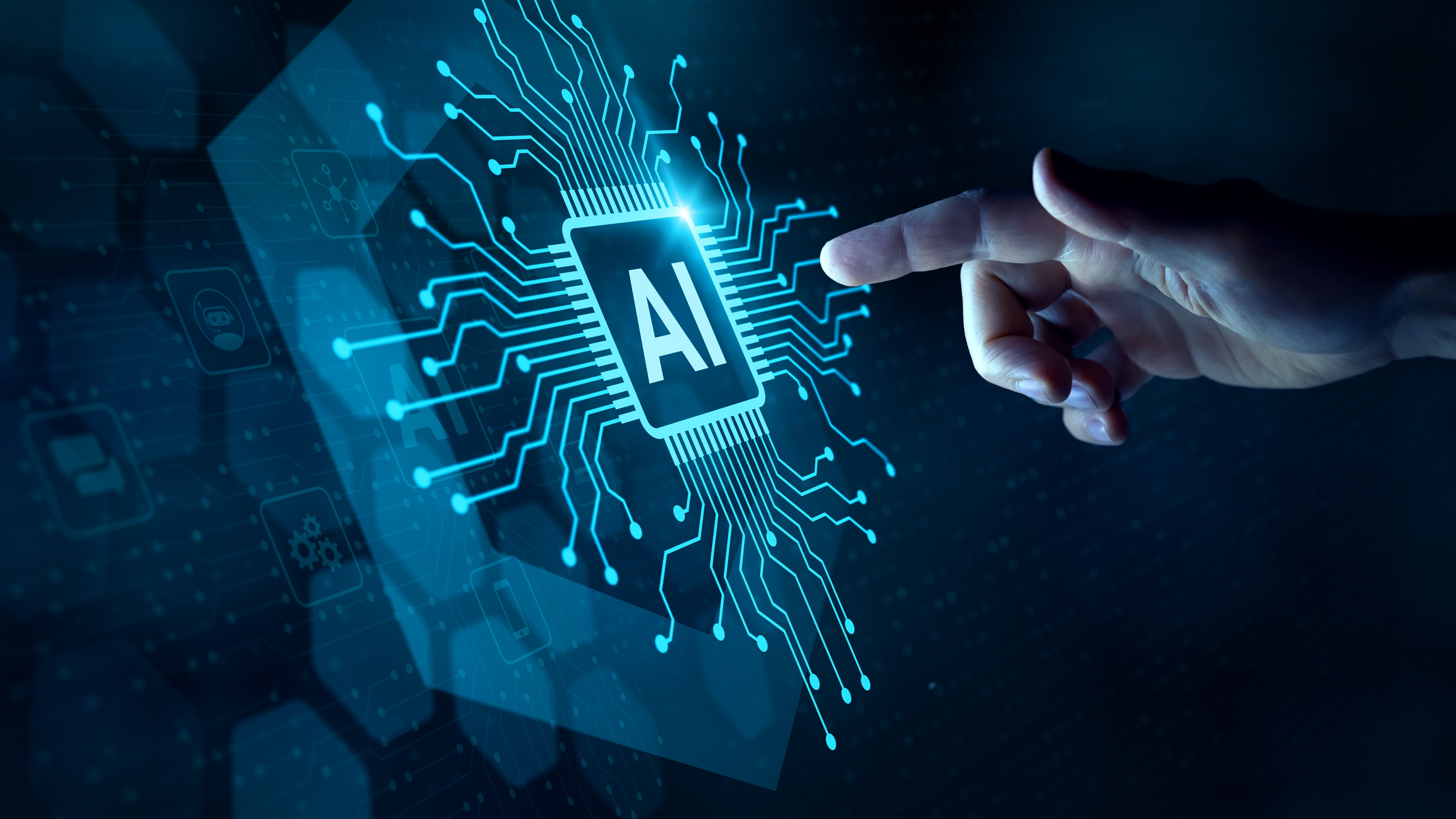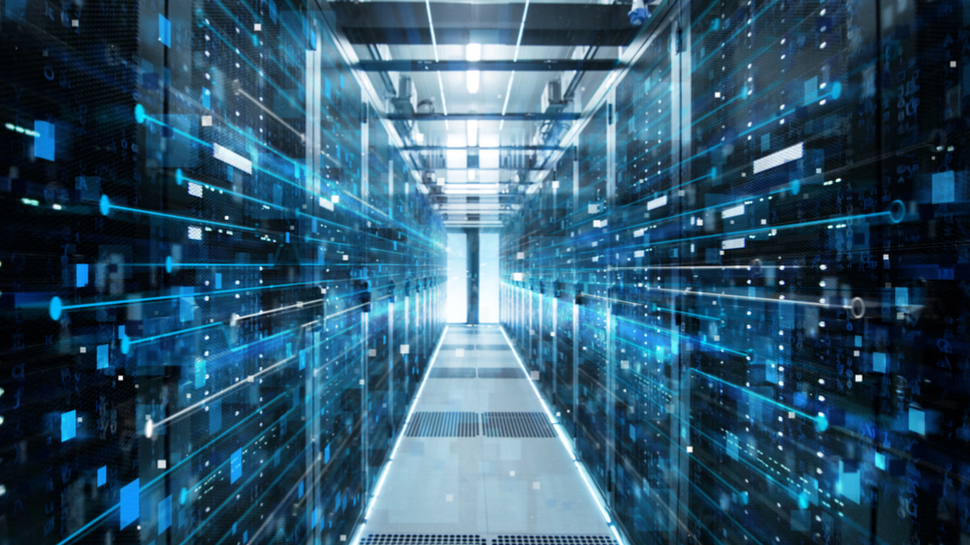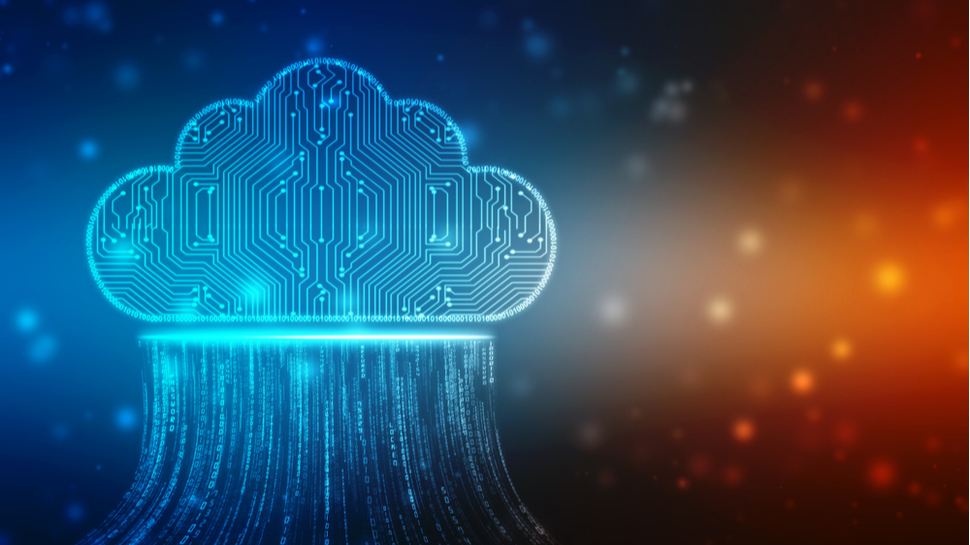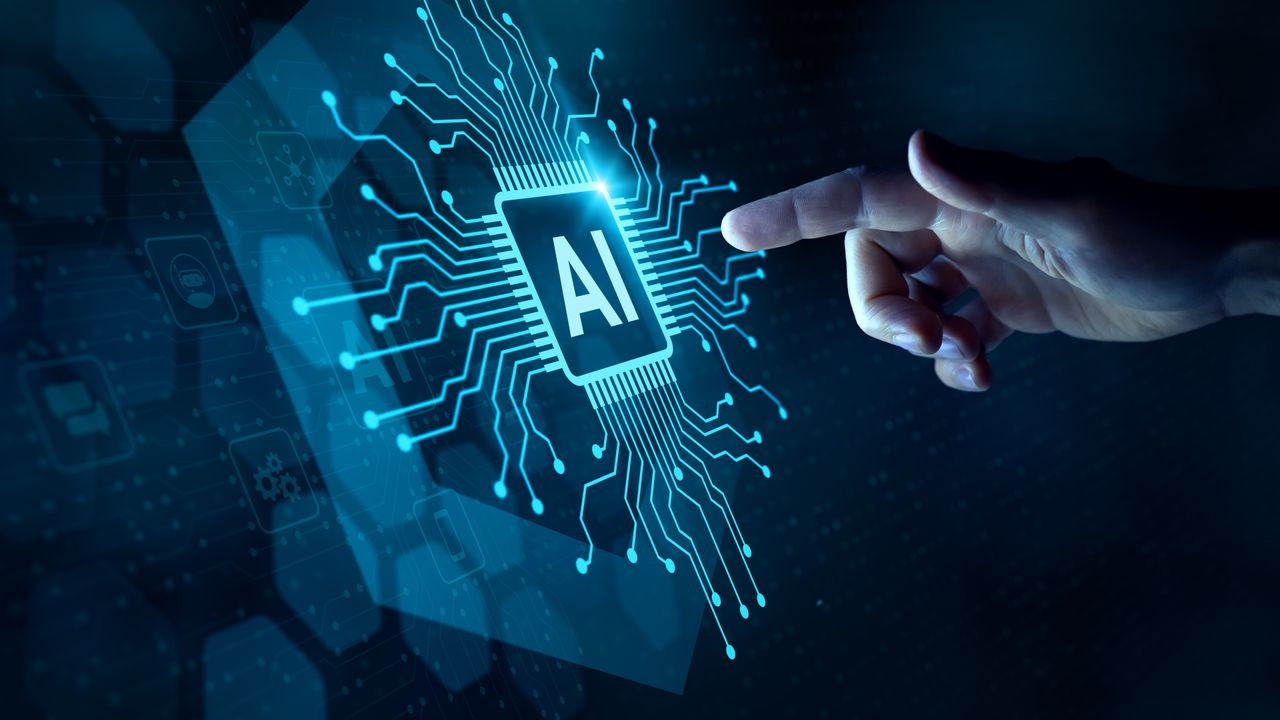- Pro
AIOps harnesses AI to enhance enterprise security and operations
Comments (0) ()When you purchase through links on our site, we may earn an affiliate commission. Here’s how it works.
 (Image credit: Shutterstock / NicoElNino)
(Image credit: Shutterstock / NicoElNino)
Artificial intelligence (AI) isn't just another trend – it's a powerful force reshaping the very foundation of business operations.
Much like the internet catalyzed a global transformation decades ago, AI is now leading a new digital revolution. This wave of innovation is compelling organizations to reconsider, re-envision, and reinvent every aspect of their operational strategy.
- Amazon Black Friday deals are live: here are our picks!
-
 The infrastructure gap CIOs must close to realize AI’s potential
The infrastructure gap CIOs must close to realize AI’s potential
-
 AI automation is the biggest change IT teams will ever experience – here’s why
AI automation is the biggest change IT teams will ever experience – here’s why
-
 AI hype vs. business reality: the race to meaningful implementation
AI hype vs. business reality: the race to meaningful implementation
AVP, global strategic alliances at NETSCOUT.
The goal is to fundamentally enhance how businesses manage their operational data, support critical human decision-making, and automate tasks that were once labor-intensive.
In years gone by, every facet of IT operations – from monitoring server health to scheduling workloads – required constant human oversight.
Now, with the advent of sophisticated AIOps solutions, businesses can automate a vast range of these critical functions, freeing up human talent to focus on more strategic initiatives.
Are you a pro? Subscribe to our newsletterContact me with news and offers from other Future brandsReceive email from us on behalf of our trusted partners or sponsorsBy submitting your information you agree to the Terms & Conditions and Privacy Policy and are aged 16 or over.Modernizing and streamlining IT with AIOps
The primary driver for AIOps adoption is its ability to directly address the shortcomings associated with conventional IT management tools. While human expertise is invaluable in interpreting complex data, it can also lead to inaccuracies and inefficiencies, particularly when handling large-scale datasets.
AIOps platforms are designed to overcome these challenges. When fed with high-quality, relevant data, an AIOps system can quickly identify opportunities to improve decision-making and automate processes across IT operations, cybersecurity, and other network domains.
One of the most significant benefits is the enhancement of application performance and security. AIOps tools sift through the noise of immense data streams to pull out the crucial insights teams need to understand precisely what is occurring across their network and in their applications.
You may like-
 The infrastructure gap CIOs must close to realize AI’s potential
The infrastructure gap CIOs must close to realize AI’s potential
-
 AI automation is the biggest change IT teams will ever experience – here’s why
AI automation is the biggest change IT teams will ever experience – here’s why
-
 AI hype vs. business reality: the race to meaningful implementation
AI hype vs. business reality: the race to meaningful implementation
This provides a clear, comprehensive understanding of issues like performance degradation or system outages, enabling teams to make faster and more confident decisions.
For instance, cybersecurity teams can use this intelligence to detect anomalies, identify threat actors, and trace their activity within the network to find and remove them. It's also well known that network and application performance monitoring creates vast swathes of data for teams to sift through.
However, using AI allows teams to automate a significant portion of data analysis, equipping them with credible indicators of performance problems and system outages.
This reduces mean time to resolution (MTTR) and allows professionals to focus on remedying issues instead of just detecting them.
The core components of an AIOps platform
At the heart of an AIOps platform lies advanced analytics, which serves as the platform’s primary engine. It moves beyond simple data reporting to generate actionable insights that feed automation protocols, thereby reducing the need to carry out repetitive tasks manually.
Building upon this analytical foundation is machine learning (ML), the "learning" core of AIOps. ML algorithms sift through immense historical and real-time datasets to identify subtle patterns and anomalies beyond human detection capabilities. These insights help refine automation and enhance system accuracy over time.
This powerful learning capability evolves into predictive analytics, marking the point where an AIOps platform begins to act proactively through enhanced network intelligence.
This is invaluable in a security context, as it helps cybersecurity teams stay one step ahead of adversaries by predicting likely threat movements in a given scenario – quickly stopping attackers before significant damage occurs.
Tying all these components together is real-time event correlation. In the digital world, every second counts during a performance issue or cyberattack, making acting fast a necessity.
Real-time event correlation automatically identifies relationships between events across IT systems to quickly pinpoint, address and resolve the root cause of problems, all without the delay of a manual investigation.
Quality data means quality AIOps
At its core, AIOps requires a constant stream of detailed, reliable data to power its engine – just as a high-performance car requires clean, high-quality fuel to run.
The efficiency and effectiveness of any AIOps platform are directly dependent on the caliber of the data it ingests. Accurate, contextual data is what enables these solutions to provide the precise insights, intelligent automation, and predictive capabilities they promise.
Conversely, if the input data is flawed, incomplete, or fragmented, the AIOps platform cannot correct for these deficiencies. The principle of ‘garbage in, garbage out’ applies here.
If a system is analysing fragmented data from different departments, it might produce conflicting automated actions, such as sending out contradictory responses to customer complaints.
In a more critical scenario, a potential cyberattack could be misinterpreted as a normal surge in server traffic that typically occurs during a seasonal peak.
This error could leave the door wide open for cybercriminals to infiltrate sensitive systems completely undetected. Therefore, a robust data strategy is not just a preference for AIOps; it's the very foundation of its success.
Why AIOps adoption will continue to increase
The industry is taking notice of these powerful capabilities. Over 84 percent of organizations are currently using or planning to use AIOps to enhance IT operations – a clear indication of its growing value.
And it won’t just add value to one business area: teams across the enterprise – including ITOps, NetOps, and DevOps – can utilize AIOps to modernize their operations, strengthen observability, and bolster cybersecurity.
AIOps platforms’ powerful automation improves response times for a host of network performance and security issues, minimizing the need for time-consuming human intervention.
This, in turn, enhances profitability and improves overall team efficiency by reallocating precious time away from manual monitoring and toward strategic problem-solving and innovation.
To successfully implement a high-performance AIOps platform, organizations must prioritize data quality and value. This starts with robust analytics and effective filtering measures at the data source, ensuring only high-integrity data feeds the platform.
With a phased strategic rollout and a focus on accurate data, businesses can trust AIOps to boost operational efficiency and discover new growth opportunities in today’s quickly evolving tech landscape.
I tried 70+ best AI tools.
This article was produced as part of TechRadarPro's Expert Insights channel where we feature the best and brightest minds in the technology industry today. The views expressed here are those of the author and are not necessarily those of TechRadarPro or Future plc. If you are interested in contributing find out more here: https://www.techradar.com/news/submit-your-story-to-techradar-pro
TOPICS AI Jason ChaffeeSocial Links NavigationAVP, global strategic alliances at NETSCOUT.
You must confirm your public display name before commenting
Please logout and then login again, you will then be prompted to enter your display name.
Logout Read more The infrastructure gap CIOs must close to realize AI’s potential
The infrastructure gap CIOs must close to realize AI’s potential
 AI automation is the biggest change IT teams will ever experience – here’s why
AI automation is the biggest change IT teams will ever experience – here’s why
 AI hype vs. business reality: the race to meaningful implementation
AI hype vs. business reality: the race to meaningful implementation
 The data crisis: why the future of AI depends on fixing the foundations
The data crisis: why the future of AI depends on fixing the foundations
 What technology leaders need to ensure AI delivers
What technology leaders need to ensure AI delivers
 The future of enterprise AI that M&A should build towards
Latest in Pro
The future of enterprise AI that M&A should build towards
Latest in Pro
 Jimdo adds AI to its website builder, promises better business outcomes
Jimdo adds AI to its website builder, promises better business outcomes
 D-Link routers under threat from dangerous flaw - here's how to stay safe
D-Link routers under threat from dangerous flaw - here's how to stay safe
 Second-order prompt injection can turn AI into a malicious insider
Second-order prompt injection can turn AI into a malicious insider
 A glimpse into the next decade of connectivity: 4 lessons from Yotta 2025
A glimpse into the next decade of connectivity: 4 lessons from Yotta 2025
 Protecting productivity: the imperative of cybersecurity in manufacturing
Protecting productivity: the imperative of cybersecurity in manufacturing
 AI agents are fuelling an identity and security crisis for organizations
Latest in Opinion
AI agents are fuelling an identity and security crisis for organizations
Latest in Opinion
 Elon Musk on the future of jobs and AI, 'My prediction is that work will be optional'
Elon Musk on the future of jobs and AI, 'My prediction is that work will be optional'
 What is data governance and why is it crucial for successful AI projects?
What is data governance and why is it crucial for successful AI projects?
 Bridging the real digital gap in the public sector
Bridging the real digital gap in the public sector
 How cloud-based technology is helping contact centers cut carbon emissions
How cloud-based technology is helping contact centers cut carbon emissions
 Leaving a print at Microsoft
Leaving a print at Microsoft
 How data centers can balance growth with environmental responsibility
LATEST ARTICLES
How data centers can balance growth with environmental responsibility
LATEST ARTICLES- 1The Shark PowerPro is the best-value vacuum cleaner I've tested – and it's ideal for most households
- 2Reliving the 90s via the Analogue 3D is definitely nostalgic, but excellent hardware can't fix an era of video games we should appreciate but never revisit
- 3Garmin Fenix 8 vs Apple Watch Ultra 3 – here's which one I'd buy on Black Friday
- 4Elon Musk on the future of jobs and AI, 'My prediction is that work will be optional'
- 5Black Friday scams are everywhere now – here are the 5 best ways to stay safe


